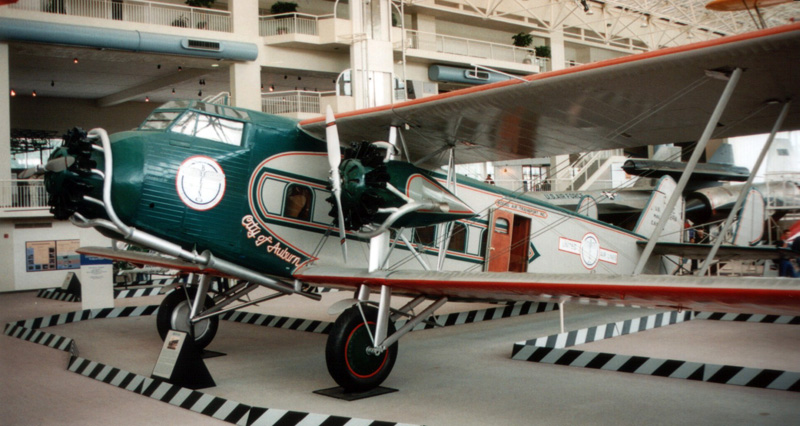
The Boeing 80 was designed in response to increased demand on Boeing Air Transport’s San Francisco-Chicago route. The Model 80 carried passengers in a spacious cabin appointed with leather upholstery, reading lamps, forced-air ventilation, and hot and cold running water. The first version carried 12 people.
- Model 80 – original production version with Pratt & Whitney Wasp engines (4 built)
- Model 80A – improved aerodynamics and Pratt & Whitney Hornet engines (10 built)
- Model 80A-1 – version with revised empennage; all 10 Model 80As converted to this standard
- Model 80B-1 – single Model 80A built with open flight deck. Later modified to Model 80A-1 standard
- Model 226 – one-off Model 80A converted to executive transport for Standard Oil. Modified tail surfaces later adopted on all Model 80As (see Model 80A-1)
The Boeing 80A introduced aviation’s first female flight attendants.
General characteristics
- Crew: Three
- Capacity: 18 passengers
- Payload: 408 kg (898 lb cargo)
- Length: 17.22 m (56 ft 6 in)
- Wingspan: 24.39 m (80 ft 0 in)
- Height: 4.65 m (15 ft 3 in)
- Wing area: 113.4 sq m (1,220 sq ft)
- Airfoil: Boeing N-22
- Empty weight: 4,810 kg (10,582 lb)
- Max takeoff weight: 4,810 kg (17,500 lb)
- Powerplant: 3× Pratt & Whitney Hornet air-cooled radials, 525 hp (392 kW) each
Performance
- Maximum speed: 222 km/h (138 mph, 120 knots)
- Cruise speed: 201 km/h (125 mph 109 knots)
- Stall speed: 89 km/h (55 mph 48 knots)
- Range: 741 km (460 mi, 400 nmi)
- Service ceiling: 4,270 m (14,000 ft)
- Rate of climb: 4.6 m/s (900 ft/min)
Photos: Rob Vogelaar, ZAP16 Group
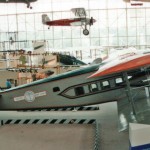
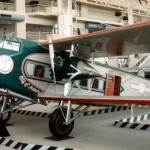
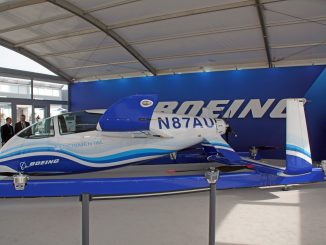
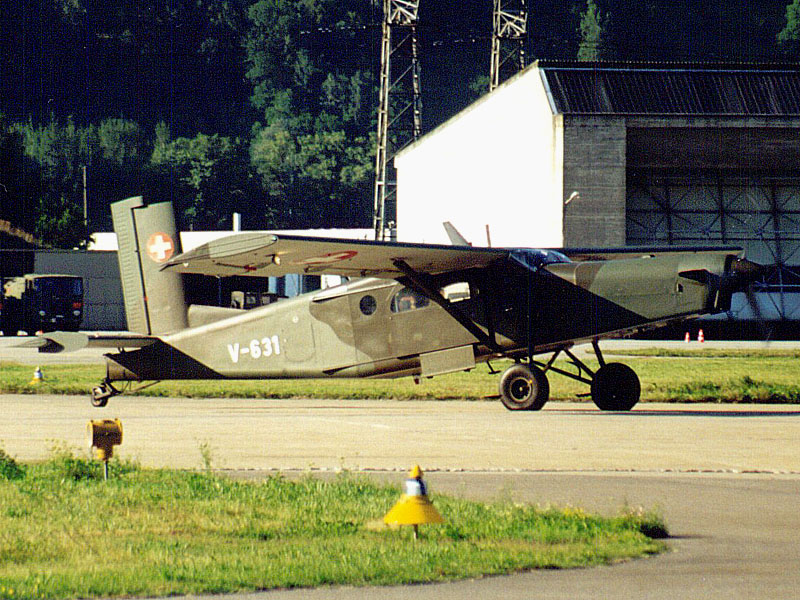
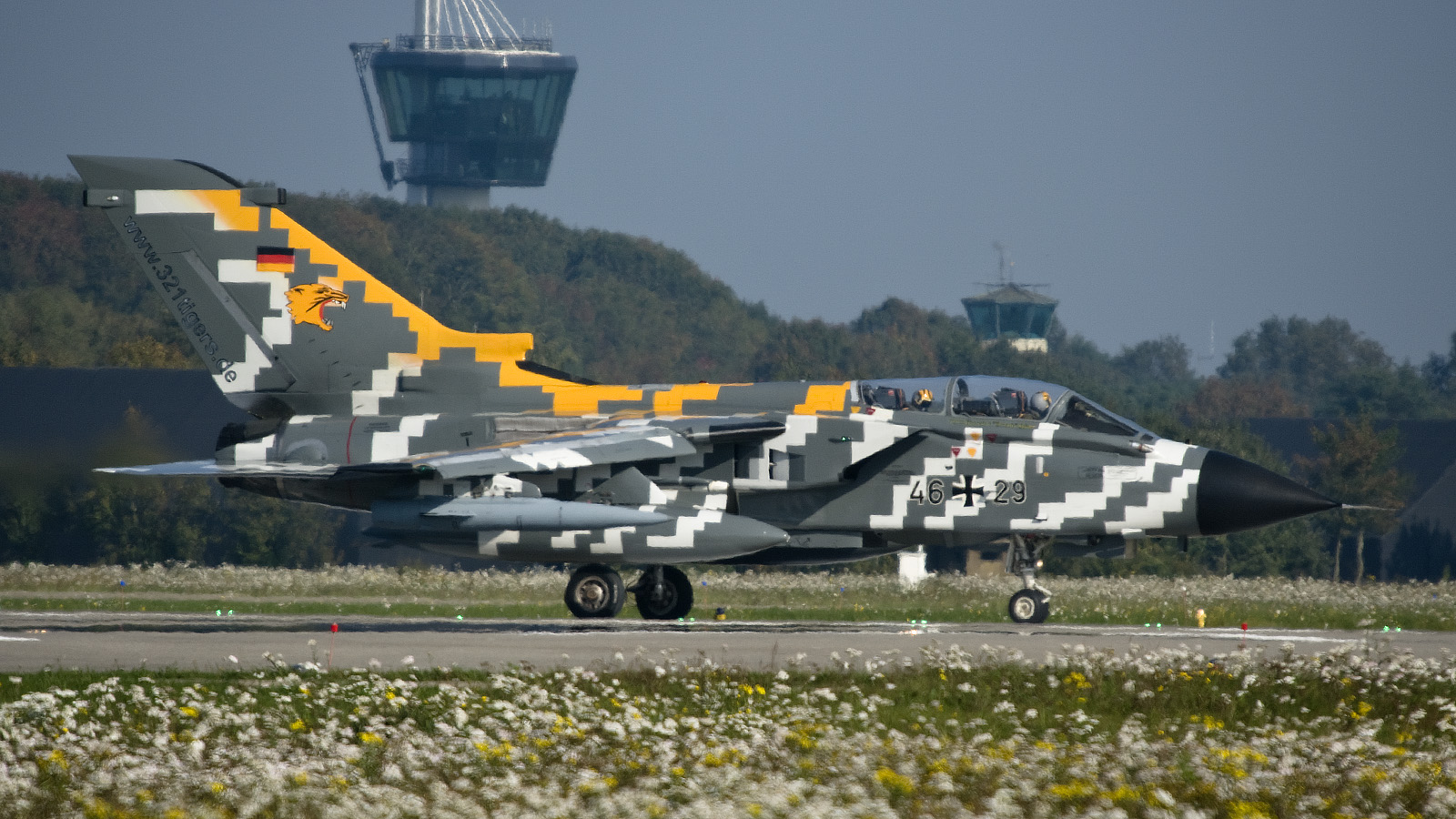
Be the first to comment